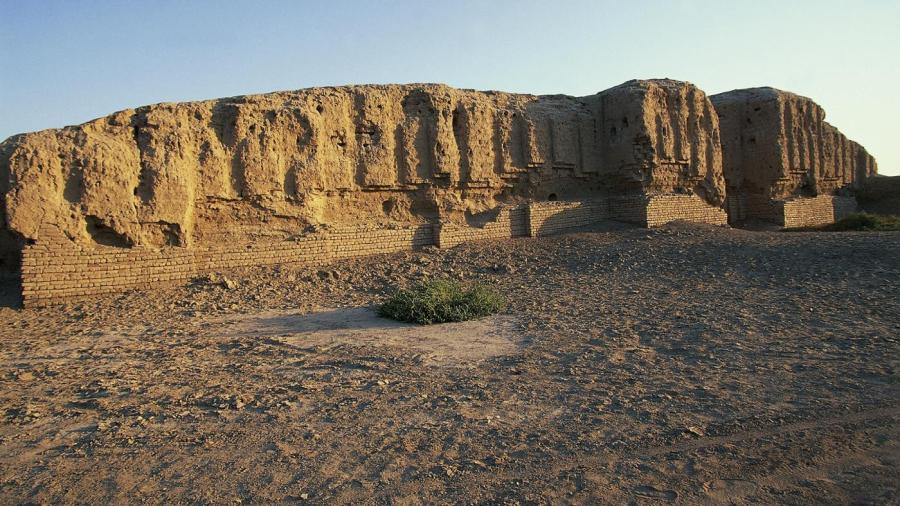When Did the Sumerian Civilization Begin and End?

The Sumerian civilization formed around 4000 B.C. and disappeared in 2000 B.C. The Sumerians settled in the fertile regions surrounding the Tigris and Euphrates rivers. They established communities in structured city-states, which featured layouts with temples to honor deities in city centers.
The Sumerian society established city-states as a more formal and permanent living structure than found in earlier societies. The Sumerian civilization consisted of a diverse socioeconomic group consisting of peasants, farmers, craftsmen and priests. Religion formed a central component of Sumerian life, and Sumerians placed religious temples in every city-state center.
Sumerians originated from the Persian Gulf region and brought traditions and skills from their homeland upon settling in the Tigris and Euphrates river valleys. Sumerians specialized in trade and possibly agriculture as well. Although living in Egypt briefly, Sumerians receive credit for important contributions to the world. They developed a complex and coherent system of writing and introduced an efficient system of record keeping and maintenance, too. Sumerians developed a social and economic structure and established timekeeping methods by breaking down time into various units, such as days, hours and months. The Sumerians eventually succumbed to attacks from other civilizations, including the Semitic peoples, which led to their ultimate demise.





